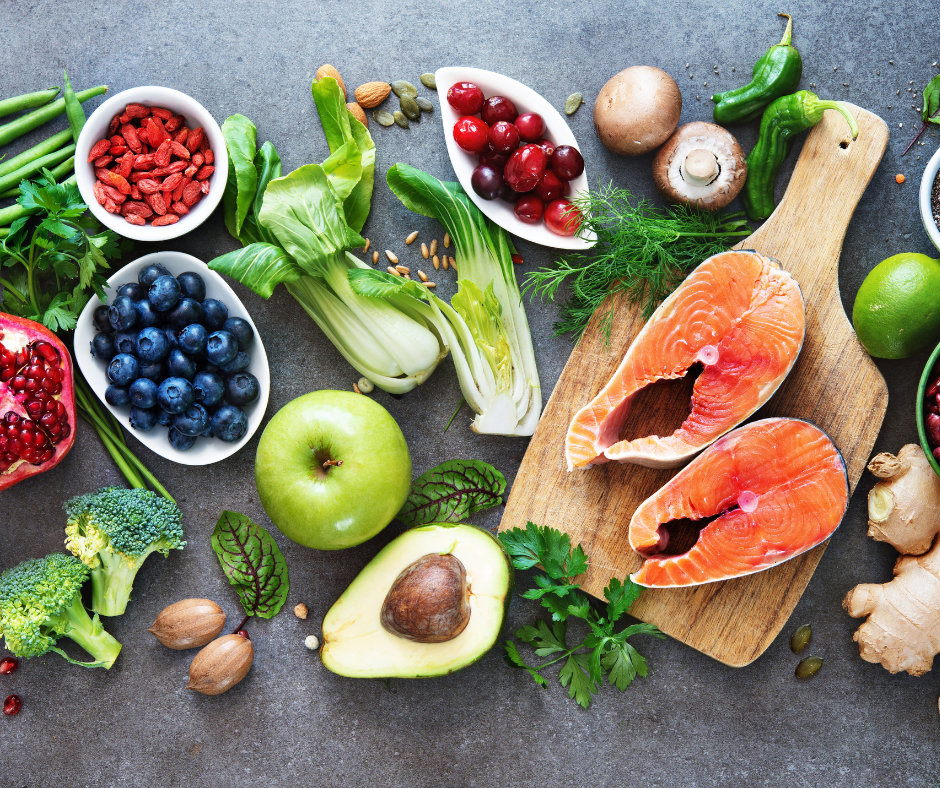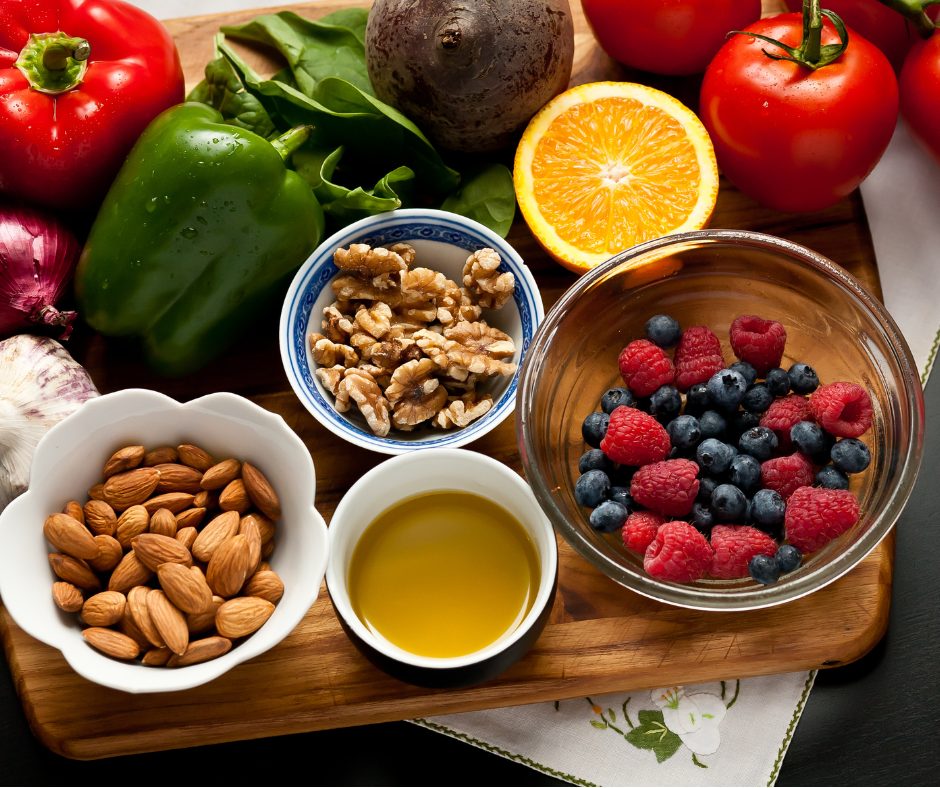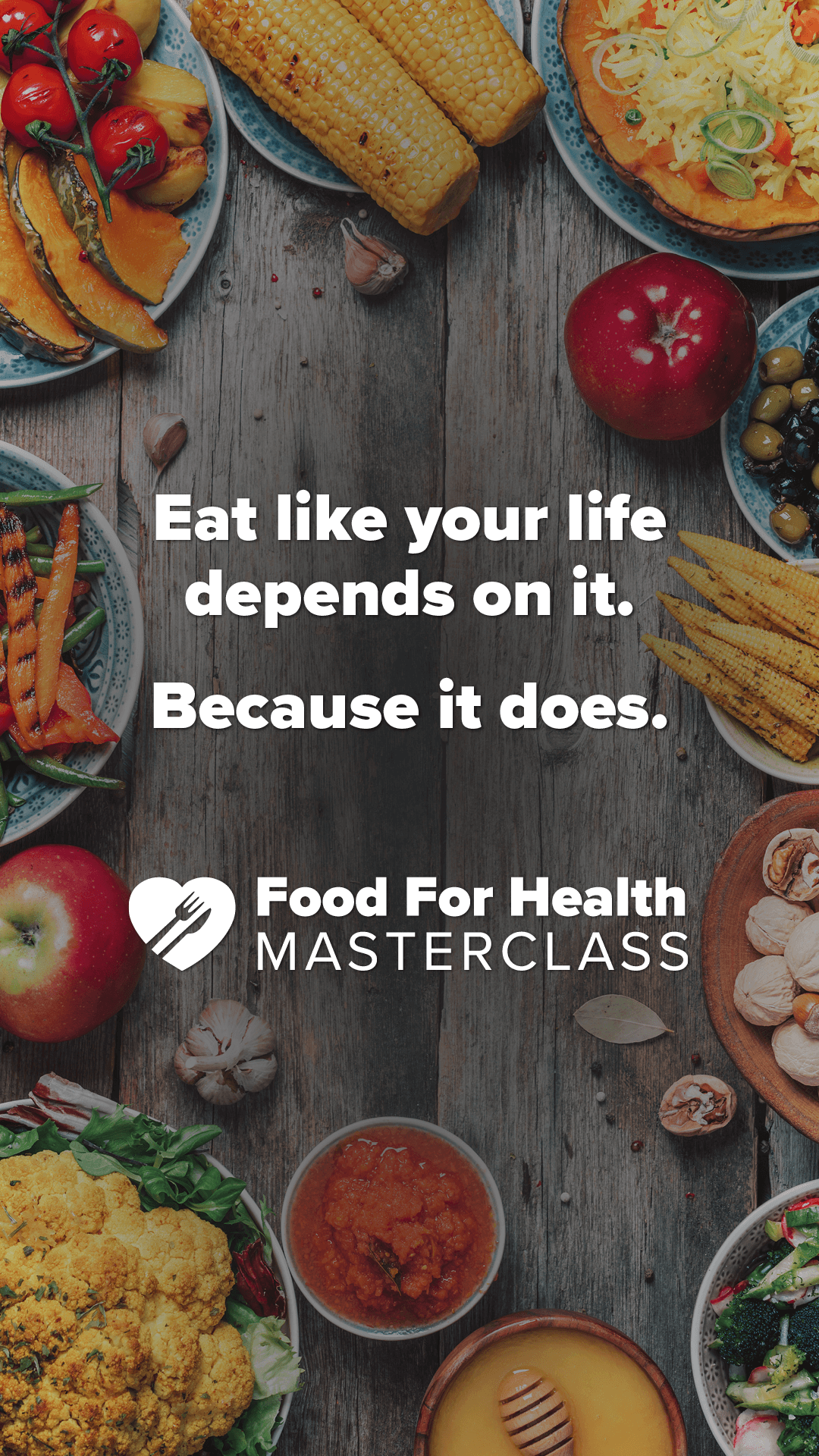
Eating a healthy diet doesn’t have to be boring or tasteless. In fact, there are countless ways to prepare delicious, nutritious meals that will leave you feeling satisfied and energized. From hearty salads to grilled chicken skewers, lentil soup, and baked sweet potato fries, there are plenty of options to choose from that won’t compromise your health. Here are 10 healthy recipes that are easy to make and packed with flavor, ensuring that you’ll never have to sacrifice taste for nutrition again. Whether you’re looking for a quick and easy breakfast or a satisfying dinner, these recipes are sure to become staples in your meal plan. So let’s get cooking and start fueling our bodies with wholesome, delicious food!
- Quinoa Salad with Roasted Vegetables: Cook quinoa according to package instructions and roast vegetables such as bell peppers, zucchini, and eggplant. Toss together with a vinaigrette made of olive oil, lemon juice, and Dijon mustard. Top with feta cheese.
- Baked Salmon with Lemon and Herbs: Place a salmon fillet on a baking sheet and season with salt, pepper, fresh herbs (such as dill or thyme), and lemon slices. Bake at 400°F for 12-15 minutes until the salmon is cooked through.
- Vegetarian Stuffed Peppers: Cut the tops off of bell peppers and remove the seeds. Stuff with a mixture of cooked brown rice, black beans, corn, diced tomatoes, and spices like cumin and chili powder. Bake in the oven at 375°F for 30-35 minutes.
- Grilled Chicken and Vegetable Skewers: Alternate chicken breast, bell peppers, onions, and zucchini on skewers. Brush with a mixture of olive oil, garlic, and lemon juice. Grill on medium-high heat until chicken is cooked through.
- Lentil Soup: Sauté diced onion, carrot, and celery in olive oil until soft. Add vegetable broth, lentils, and spices like cumin and paprika. Simmer for 30-40 minutes until lentils are tender.
- Greek Yogurt Parfait: Layer plain Greek yogurt with fresh berries, granola, and honey. This is a great option for breakfast or as a snack.
- Baked Sweet Potato Fries: Cut sweet potatoes into thin fries and toss with olive oil, salt, and pepper. Bake in the oven at 400°F for 20-25 minutes until crispy.
- Roasted Vegetable Frittata: Whisk together eggs, milk, and grated Parmesan cheese. Add roasted vegetables like asparagus, mushrooms, and cherry tomatoes. Bake in the oven at 375°F for 20-25 minutes.
- Chicken and Vegetable Stir Fry: Sauté sliced chicken breast, broccoli, carrots, and bell peppers in a wok or large skillet. Add soy sauce and garlic. Serve with brown rice or quinoa.
- Turkey and Avocado Wrap: Spread mashed avocado on a whole wheat tortilla. Add sliced turkey, tomato, and lettuce. Roll up and enjoy!
<<<Check here for a FREE presentation on a health hack>>>







